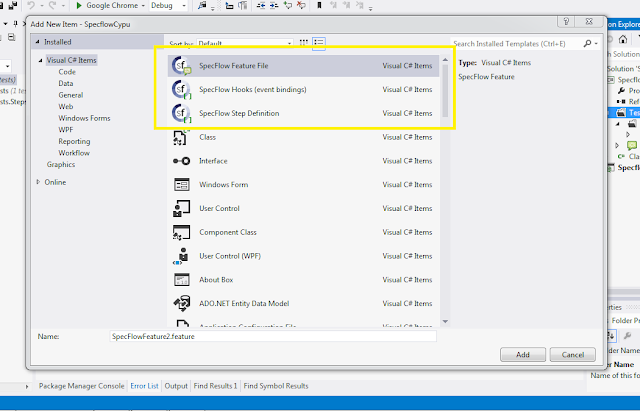Recently one of my friend requested to show how to use custom header for columns for DataGridVew in WinForms , I worked on that and not only customize column headers but also row headers. Let's start this , first step is we required a model to show data into grid ( what are the fields in our collection or in database).
Our model :
class CustomModel
{
public string Title { get;set; }
public string Detail { get;set; }
}
These are two fields we want to show in gridview.
Now second step is to create a collection to bind to our gridview, and here is the all remaning code ,put it into your Form1_Load method like this :
private void Form1_Load(object sender, EventArgs e)
{
List<CustomModel> dataList=new List<CustomModel>();
dataList.Add(new CustomModel(){Title = "title1", Detail = "detail1"});
dataList.Add(new CustomModel(){Title = "title2", Detail = "detail2"});
dataGridView1.Columns.Clear();
DataGridViewTextBoxColumn title = new DataGridViewTextBoxColumn();
title.DataPropertyName = "Title";
title.HeaderText = "Title";
dataGridView1.Columns.Add(title);
DataGridViewTextBoxColumn description = new DataGridViewTextBoxColumn();
description.DataPropertyName = "Detail";
description.HeaderText = "Detail";
dataGridView1.Columns.Add(description);
dataGridView1.DataSource = dataList;
/* Create the row headers */
int rowNumber = 1;
foreach (DataGridViewRow row in dataGridView1.Rows)
{
row.HeaderCell.Value = "R" + rowNumber;
rowNumber++;
}
// set rows headers width according to its text
dataGridView1.AutoResizeRowHeadersWidth(DataGridViewRowHeadersWidthSizeMode.AutoSizeToAllHeaders);
dataGridView1.Show();
}
And that's simply it , enjoy :)




